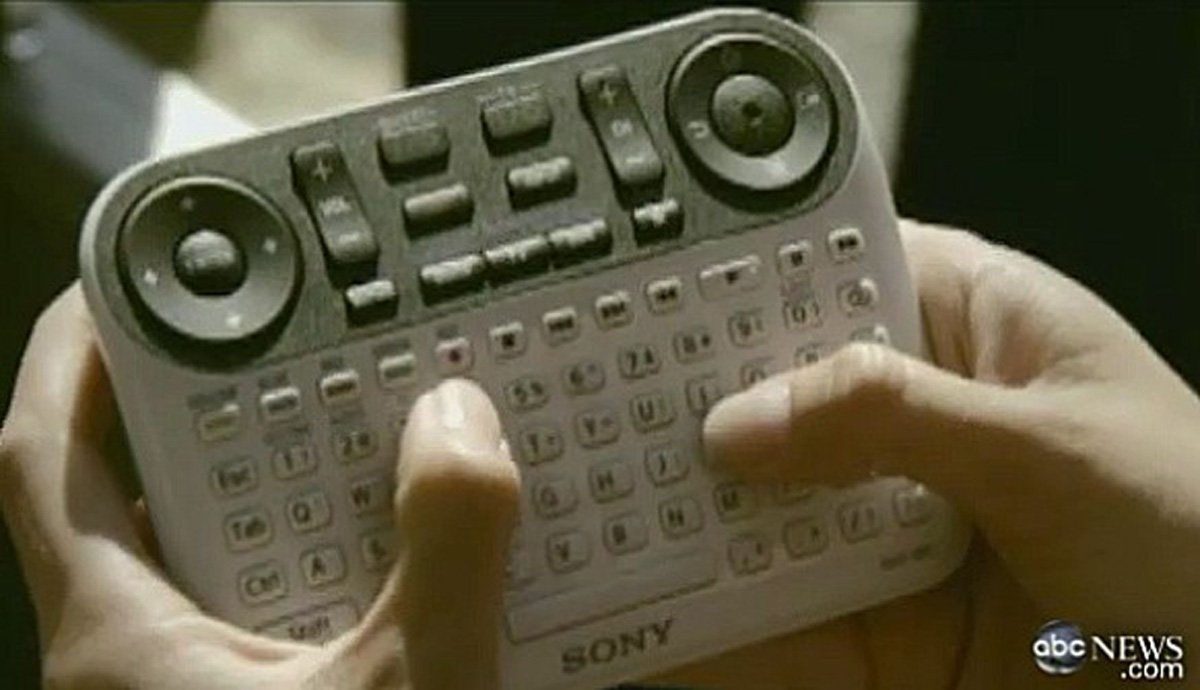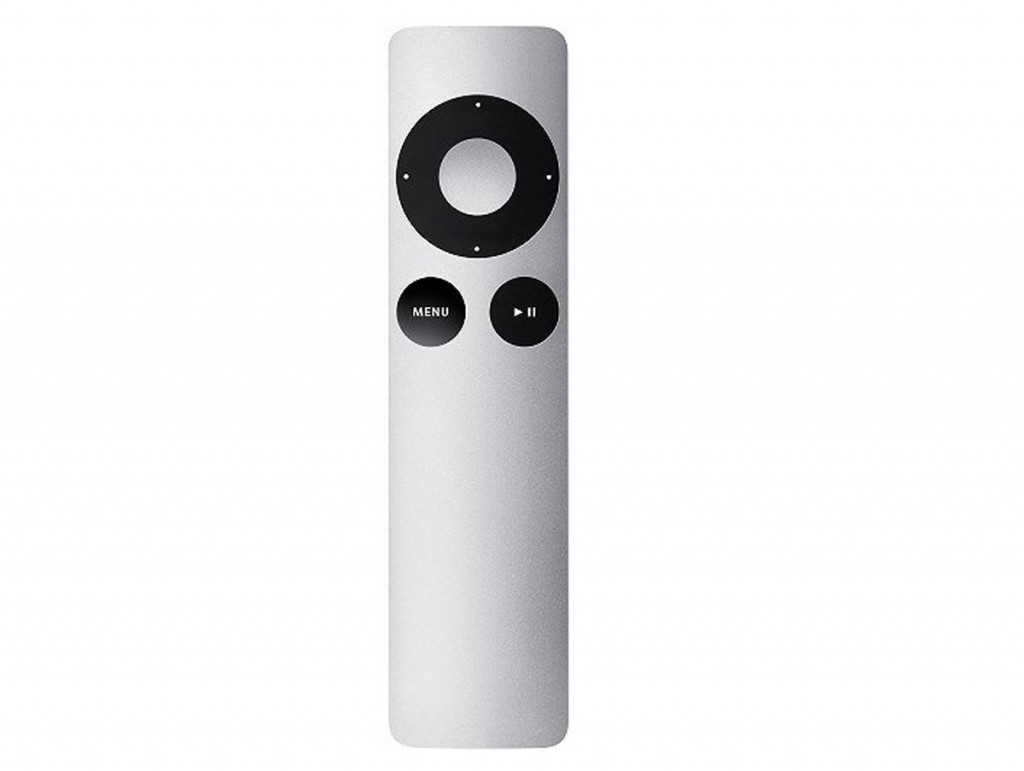Make better films.
I’d start with the scripts, myself.
But if you’re not George Lucas, there is apparently still much advice can you take, mmm, from the films of the Wars of Star. Writer Yael Grauer knows more about Star Wars than I thought existed and has found eight apposite quotes to help us in our work.
Spoiler: one of them is the one you just thought of – “Do or do not, there is no try.” And one of them is just “Ready are you?”. But overall the eight have interesting points, starting with number 1 where she says you could benefit from reframing a job, from looking at it all in a different light:
“Deliver more than you promise. The best way to be always certain of this is to deliver much, even when you promise nothing.” ―Master Tho-Mes Drei, Jedi Master and Jedi Temple instructor
Somewhere on your journey, you’ll hit a point where you have enough work coming in that walking away from a client doesn’t feel like a sacrifice. As a Jedi, you are sworn to protect the peace and justice of the Republic. Therefore, you would follow both the letter and the spirit of the law of any contract you sign, putting effort into each project that you’re obligated to complete. That means you may find yourself in a non-ideal engagement you’re committed to finishing, even though you’re dreading every minute of it.
This is where business coach Pam Slim, award-winning author of Escape From Cubicle Nation and Body of Work, recommends defining specific benefits to your plight. Maybe it’s realizing an assignment will look great in your portfolio, or perhaps the money from a project will pay your healthcare bill the month. “Sometimes making it super concrete can create a positive correlation for you in getting something done,” Slim said. Focusing on the direct reward of completing a project can take your mind away from the challenges.
8 Jedi Mind Tricks for Freelancers (and Star Wars Nerds) – Yael Grauer, Contently (4 August 2014)
Seriously, I could do without the Jedi bits. But I like the points her full article makes.

